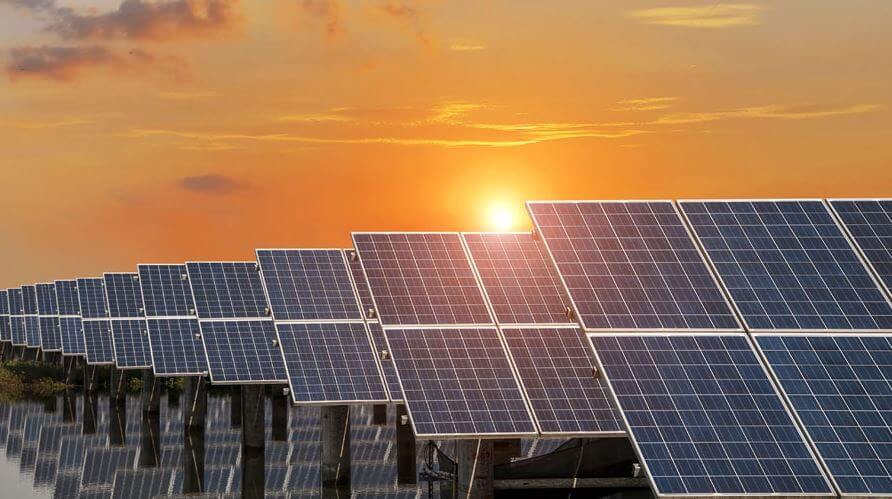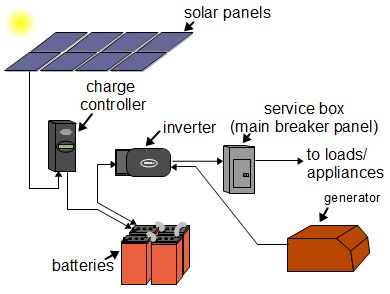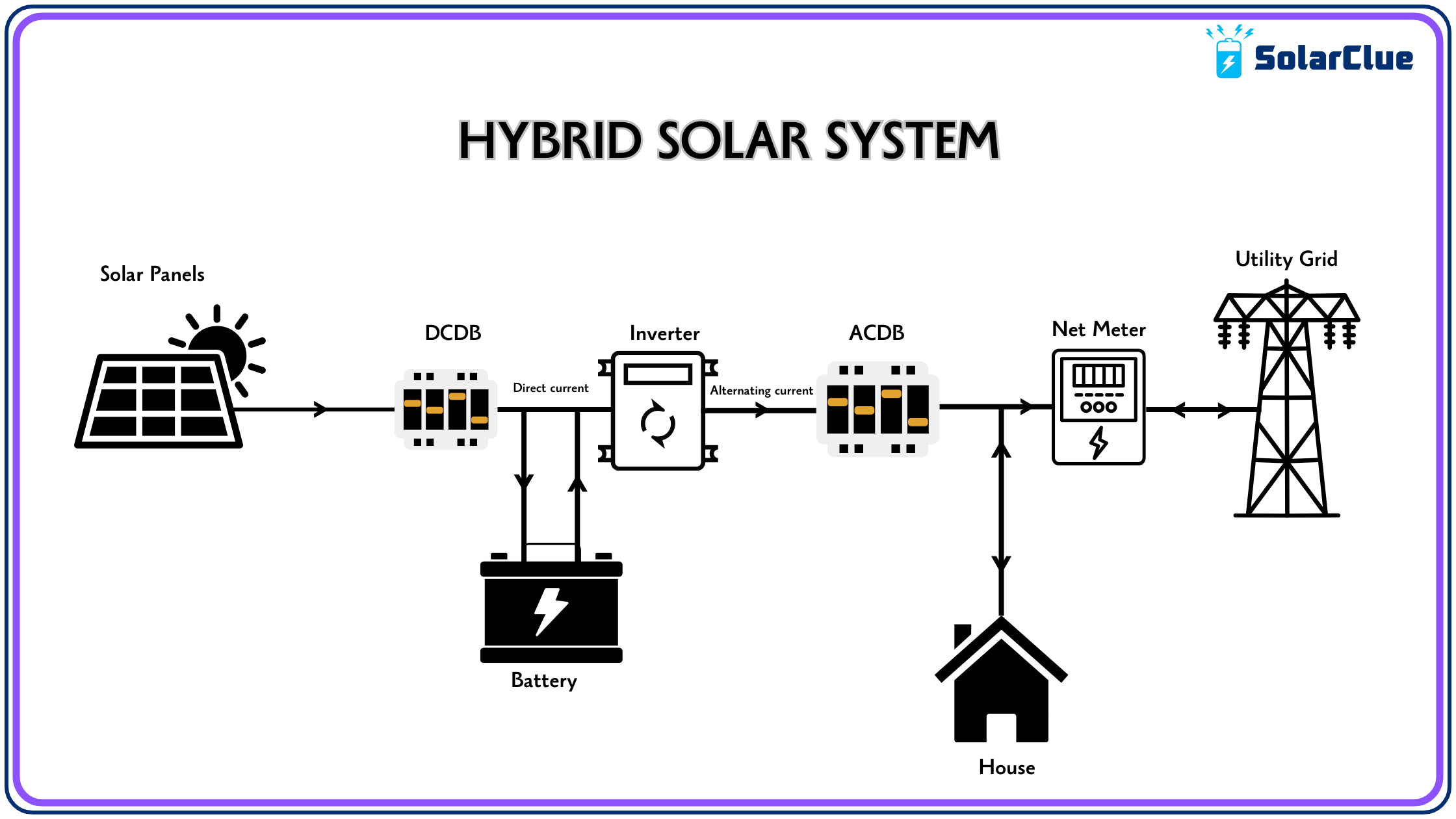LESSION 2: CLASSIFICATION OF SOLAR POWER SYSTEMS
Author
Võ Tuấn
Date Published

Solar power systems are classified into three main types based on their connection method and usage purpose: on-grid systems, off-grid systems, and hybrid systems. Each type has its own structure and working principle suited to specific needs.
1. On-grid System
📌Characteristics:
- Directly connected to the national power grid.
- During sunlight hours, solar energy is used to power household loads.
- Any excess electricity is fed back into the grid and may be credited or sold.
✅ Advantages:
- No need for battery storage → lower cost.
- High efficiency when properly designed.
⚠️ Limitations:
- The system shuts down when the grid is down (for safety reasons).
📊 Basic Diagram:

2. Off-grid System
📌 Characteristics:
- Not connected to the power grid.
- Uses batteries to store electricity for later use.
✅ Advantages:
- Ideal for remote or rural areas without grid access.
- Full independence from external power supply.
⚠️ Limitations:
- High upfront costs due to battery storage.
- Requires careful power calculation to avoid shortages.

3. Hybrid System
📌 Characteristics:
- Combines both on-grid and off-grid features.
- Can draw power from solar panels, batteries, and the grid.
✅ Advantages:
- Flexible and reliable, even during power outages.
- Prioritizes renewable energy usage, reducing utility costs.
⚠️ Limitations:
- Higher investment cost due to batteries and hybrid inverter.
📊 Basic Diagram:
